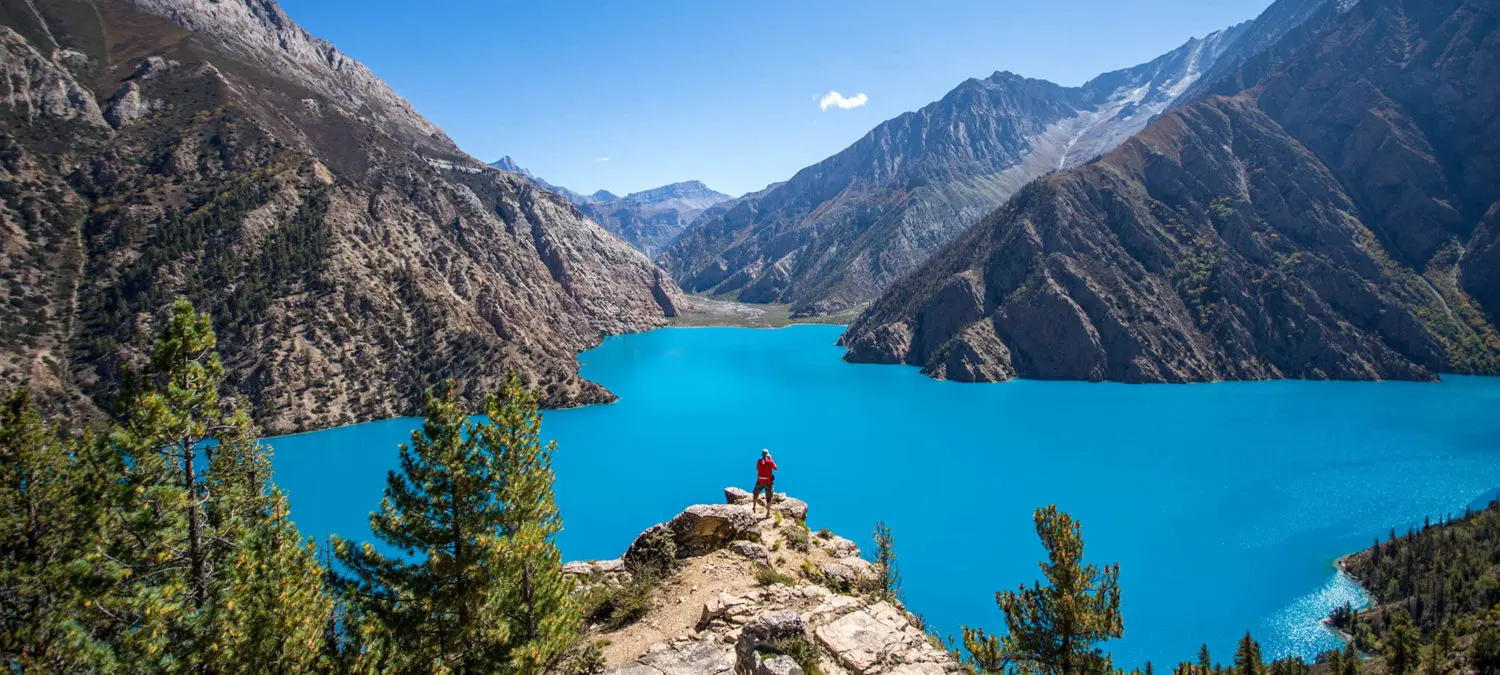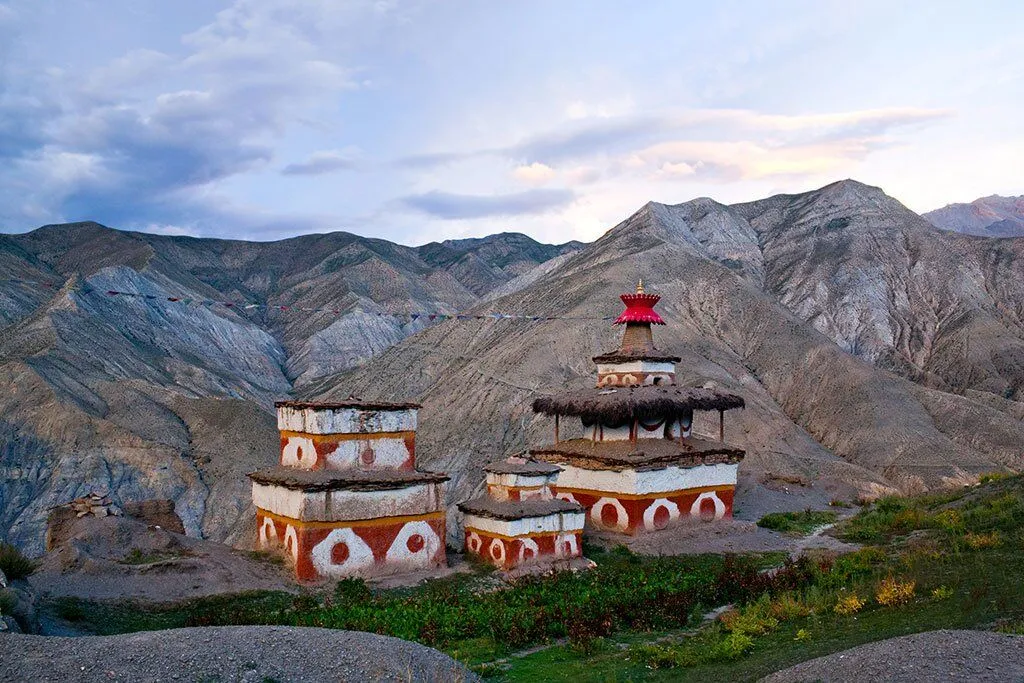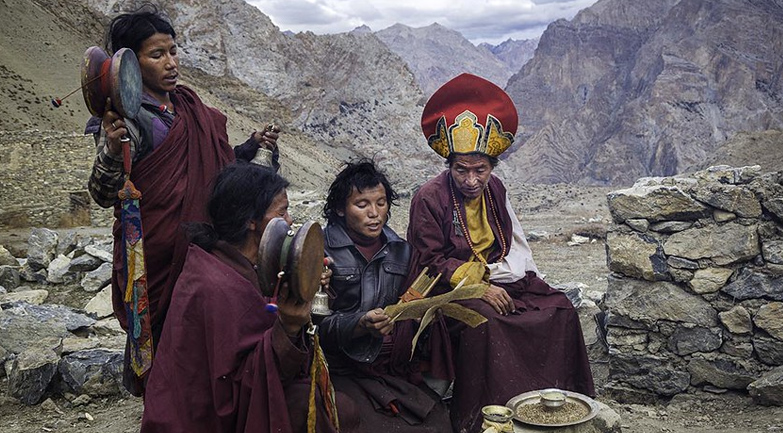What’s the Hardest Trek in Nepal? My Personal Journey into Upper Dolpo
When I get asked what the hardest trek in Nepal is, I always take a moment to respond. The reality is, there are plenty of treks in Nepal that really push your body Kanchenjunga, the Great Himalayan Trail, and Upper Dolpo, all very deserving of that title. But when I think back on my own experience of trekking, the hardest trek in my opinion is Upper Dolpo, and it was not so much a trek as much as it was a battle between my body, my mind, and, at times, myself on the desire to continue.

I was expecting mountains and beauty, and instead found something much more raw. Silence so thick it was unsettling. Trails so long, it felt never-ending. Nights so cold I could not feel my fingers. But, with all this, there was something there that changed me.
The First Steps into the Unknown.
The feeling that I experienced when I arrived in Dolpo was something totally otherworldly. It began with flying somewhere far, then jumping into a multi-hour jeep ride up a road that seemed ready to give out at any moment. I was tired before I even started walking. But then the trail opened in front of me. There were landscapes I could not have imagined: the bare, vertical cliffs, the open valleys, yaks scratching against the wide-open sky.
In some ways, the first days were simple, long days of walking and moving steadily onward, but certainly nothing significant yet. I passed kids running barefoot, savoring one another’s laughter. Nurturing villagers offers butter tea, and I was met with joking smiles. It was warm and heartfelt. But somewhere deep down, I knew, the real challenges had not started yet.
The Day That Nearly Broke Me.
The most challenging day on the journey occurred at the Shey La Pass. The elevation is above five thousand meters, and I had been anticipating it for days. I hardly slept the night prior. My water bottle was frozen solid in the tent, and the elevation was extreme enough to make each breath of air feel like breathing through a straw.

The sun began to rise, and we set off for the elevation. The cold felt sharp, stinging my cheeks like needles. I could hardly lift my legs because they felt quite heavy. I kept stopping to come to a halt while bent over, catching my breath as though I were running a marathon, and I would repeat that idea multiple times. Recalling each time I remember thinking: What am I doing? I could have been home in a warm, comfortable space, but here I was suffering.
Just when I began to suffer debilitating doubts as to whether I could put one foot in front of the other, the summit appeared right in front of me: colored prayer flags flapping wildly against a backdrop of pure white snow. I stood there quivering, fatigued, yet in some sort of mixed-tragic-comedic form, I knew it was going to be “ok”. My pain, my effort, my fear, could all melt away into pure joy in a moment of complete repose. I was crying, not from sadness, but from relief and gratitude.
It was the view that took my breath away, but it was the people who took me the furthest. The villagers of Dolpo live in what could be called some of the more unimaginable conditions on the planet, but their hearts are as open as they come. One evening, I was invite into the home of a family. We all sat around some buirs drinking hot, salty butter tea and eating the simplest of fare. The children were giggling, pointing at me, and curious about my strange attire and my juvenile attempts at Nepali.
Their generosity made me realize something: adventure is not about conquering high mountain passes or checking destinations off your list. Its definition will always be distill down to a human experience. In those moments when I was surround by people who had so little and share so much, I felt more alive than in my busy city life.

What Makes Dolpo So Difficult?
It is not just the altitude (though it is uphill), and it is not only the duration (weeks of walking, with no real breaks), and not only the remoteness (knowing you will have help, if you need it, but it will take days), and not only the weather (sunshine one minute and snow the next).
It is a mind game. Waking up each day sore and tired, managing to talk yourself into continuing forward. No matter how hard, painful, or demanding it is, keeping on task regardless of moments when your body is simply screaming at you to stop! It feels like this is the one thing that makes Dolpo, and similar treks, so impossibly difficult.
Why I Would Do It Again:
You might be asking yourself why someone would want to do something like that. I asked myself that halfway up my hill. But now that I’m back home, I see why. Trekking in this way takes everything away. It pushes you out of your comfort zone and routine, and plops you into a world where each step you take, every breath you take, and every sunrise is important.
I learned in Dolpo what I am made of, I understand how unbelievably beautiful silence can be. I discovered that often the most challenging and dangerous trail can lead you to the most spectacular epiphanies you’ve ever had. The hardest trek in the world, in Nepal, might grind you down, but it also builds you up – in a way you never thought was achievable. That is exactly why I would do it again! Upper Dolpo is a journey of a lifetime. Contact us today at Happy Mountain Nepal, on Facebook, Instagram, or TikTok .
